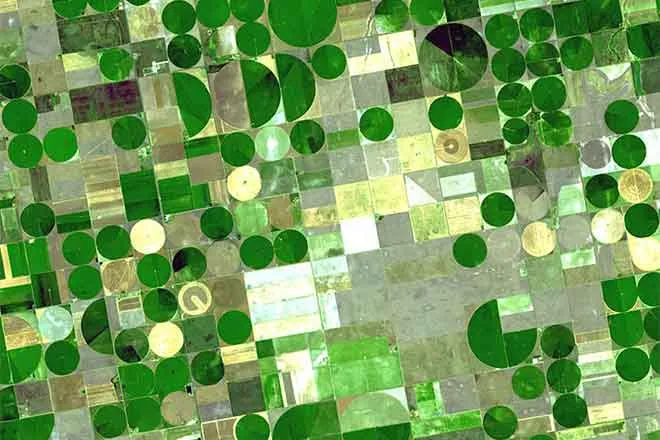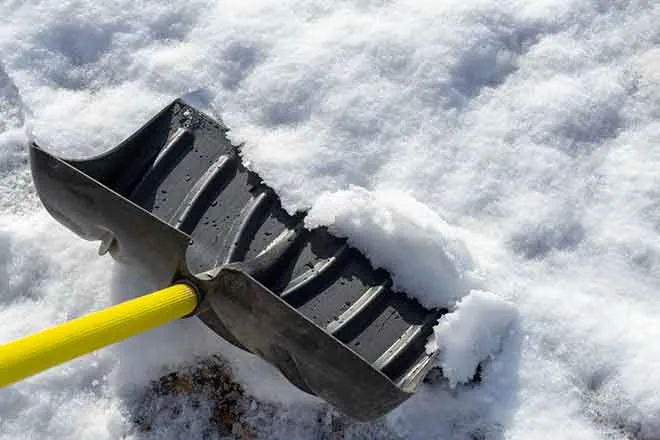
Ag stats: Wyoming crop progress and condition report – week ending September 18, 2022
Western and central portions of Wyoming received beneficial rains for the week ending September 18, 2022, according to the Mountain Regional Field Office of the National Agricultural Statistics Service.
These sections of the State received moisture in a range of about 0.5 to 1.5 inches. The majority fell in northern Lincoln, western Sublette, southern Fremont, and western Natrona Counties. The remainder of Wyoming saw precipitation ranging from trace amounts to upwards of 0.5 inches, with portions of the east and northeast receiving the higher amounts of moisture.
Temperatures varied, running at or as much as 5 degrees above normal in much of the northern and eastern portions of the State. Western, central, and southern sections of Wyoming experienced at or slightly lower than average temperatures. Portions of the west saw averages in the upper 40s and 50s, while some areas of the north and east experienced averages in the upper 60s.
Drought conditions improved slightly. According to the US Drought Monitor for September 15, 2022, the amount of land rated drought free improved to 13.3 percent, an increase of 3.4 percentage points from 9.9 the previous week. The amount of land rated abnormally dry improved slightly to 32.6 percent, up from 31.0 percent the previous week. Moderate drought fell by 5.0 percentage points to 32.9 percent from the previous week. Severe and extreme drought conditions were unchanged at 19.6 and 1.6 percent, respectively.
In Goshen County, a fourth cutting of alfalfa was on the horizon. Beans were cut and drying down. Canals were shut down for the season.
Aftermath grazing improved substantially with the high levels of moisture that were received in Lincoln County. With the wet weather, haying and grain harvests slowed down. Temperatures were lower than or near freezing most nights.
A report from Platte County indicated pastures benefitted from the milder temperatures. More moisture, however, was still needed for pastures to improve. Irrigation water was turned off, so rains were a must for crops to finish successfully. Beans were cut and farmers made progress planting wheat.
Irrigation water supplies across the State were rated 23 percent very poor, 17 percent poor, 23 percent fair, and 37 percent good, compared to 20 percent very poor, 11 percent poor, 23 percent fair, and 46 percent good last week.
Stock water supplies across Wyoming were rated 13 percent very short, 33 percent short, and 54 percent adequate, compared to 12 percent very short, 31 percent short, and 57 percent adequate last week.
CROP AND LIVESTOCK PROGRESS | ||||
Commodity | Current week | Previous week | Previous year | 5-year average |
(percent) | (percent) | (percent) | (percent) | |
Alfalfa hay | ||||
3rd cutting harvested | 38 | 23 | 57 | 55 |
Barley | ||||
Harvested | 96 | 94 | NA | NA |
Corn | ||||
Doughed | 95 | 91 | NA | NA |
Dented | 76 | 57 | 61 | 60 |
Mature | 18 | 1 | 19 | 21 |
Harvested for silage | 50 | 21 | 46 | 45 |
Dry edible beans | ||||
Turning color | 84 | 73 | NA | NA |
Cut | 54 | 25 | 45 | 54 |
Harvested | 4 | 2 | 29 | 31 |
Sugarbeets | ||||
Harvested | 1 | -- | 23 | NA |
Winter wheat | ||||
Planted | 67 | 56 | 38 | 47 |
Emerged | 24 | 2 | 22 | 16 |
DAYS SUITABLE FOR FIELDWORK AND SOIL MOISTURE CONDITION | ||||
Current week | Previous week | Previous year | 5-year average | |
Days suitable for fieldwork | 6.2 | 6.5 | 6.8 | 6.2 |
Topsoil moisture | (percent) | (percent) | (percent) | (percent) |
Very short | 39 | 48 | 41 | 26 |
Short | 39 | 30 | 47 | 39 |
Adequate | 22 | 22 | 12 | 34 |
Surplus | -- | -- | -- | 1 |
Subsoil moisture | ||||
Very short | 40 | 48 | 52 | 32 |
Short | 43 | 34 | 36 | 35 |
Adequate | 17 | 18 | 12 | 33 |
Surplus | -- | -- | -- | -- |
CROP, LIVESTOCK, PASTURE AND RANGE CONDITION | ||||
Commodity | Current week | Previous week | Previous year | 5-year average |
(percent) | (percent) | (percent) | (percent) | |
Alfalfa hay | ||||
Very poor | -- | -- | 20 | NA |
Poor | -- | -- | 16 | NA |
Fair | 23 | 25 | 17 | NA |
Good | 77 | 74 | 42 | NA |
Excellent | -- | 1 | 5 | NA |
Corn | ||||
Very poor | -- | -- | -- | -- |
Poor | 1 | 2 | -- | 2 |
Fair | 11 | 10 | 5 | 17 |
Good | 86 | 83 | 87 | 79 |
Excellent | 2 | 5 | 8 | 2 |
Dry edible beans | ||||
Very poor | -- | -- | -- | -- |
Poor | -- | -- | -- | 4 |
Fair | 27 | 20 | 12 | 13 |
Good | 72 | 78 | 88 | 82 |
Excellent | 1 | 2 | -- | 1 |
Pasture and range | ||||
Very poor | 20 | 24 | 39 | 20 |
Poor | 15 | 18 | 32 | 24 |
Fair | 27 | 30 | 24 | 33 |
Good | 36 | 27 | 5 | 22 |
Excellent | 2 | 1 | -- | 1 |
Sugarbeets | ||||
Very poor | -- | -- | -- | -- |
Poor | -- | -- | 4 | 1 |
Fair | 22 | 14 | 25 | 16 |
Good | 77 | 85 | 71 | 80 |
Excellent | 1 | 1 | -- | 3 |
Livestock | ||||
Very poor | -- | -- | -- | -- |
Poor | 1 | 1 | 6 | 3 |
Fair | 7 | 12 | 37 | 20 |
Good | 75 | 79 | 55 | 74 |
Excellent | 17 | 8 | 2 | 3 |

















